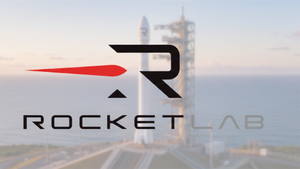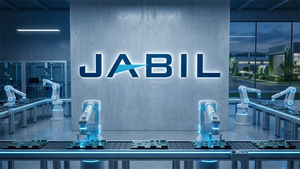How Technology is Reshaping Risk Management in Commodities
Risk management in commodity trading is no walk in the park. Markets fluctuate, supply chains get messy, and compliance rules shift like quicksand. For business owners, staying ahead feels like playing chess blindfolded. One wrong move can cost millions. But here’s the crucial point: technology is changing all of that. Artificial intelligence predicts market swings with precise accuracy. Blockchain secures data for safer transactions. Automation eliminates manual errors faster than ever imagined. This blog explains how these tools save time, money, and headaches in commodities risk management. Prepared to see how technology reshapes the process?
The Role of Artificial Intelligence in Risk Management
AI helps businesses anticipate risks faster than ever. It sifts through mountains of data to find patterns humans might miss.
Predictive analytics for market volatility
Predictive analytics detects potential market volatility ahead of time. In fact, AI-powered trading systems can reduce forecasting errors by up to 20%, according to Deloitte, allowing firms to respond to shifting market dynamics with greater speed and precision. Advanced algorithms analyze historical data, prices, and trading volumes to identify patterns. These findings enable commodity traders to foresee sharp price changes or sudden supply chain disruptions. The capacity to foresee shifts allows businesses to prepare in advance rather than respond afterward. Technology in commodities reduces risks associated with unstable markets. For example, AI examines how geopolitical events affect oil prices or how weather changes influence agriculture. Traders obtain practical insights quickly, refining risk management approaches and increasing profitability.
Enhanced decision-making with AI-driven insights
AI processes vast amounts of data faster than any human. It identifies patterns, predicts outcomes, and highlights risks before they escalate. Commodity traders use these insights to make more informed decisions on pricing strategies or market entry points. Algorithms detect unusual market behaviors that might signal volatility. For example, AI can analyze historical price trends and real-time news to project future shifts in commodity values. This reduces guesswork and helps businesses stay ahead of sudden changes in the market environment. Companies working with managed IT with Computers Made Easy can integrate these analytics tools more seamlessly, ensuring systems stay responsive and secure as decision-making speeds up.
Blockchain Technology for Transparency and Security
Blockchain builds trust by making transactions tamper-proof. It helps businesses track every step with accuracy and speed.
Streamlining supply chain risk
Managing supply chains in commodity trading can feel like walking a tightrope. Blockchain technology enhances visibility by creating a permanent record of every transaction. Every movement, from origin to destination, gets tracked in real-time. This transparency reduces uncertainties and identifies potential risks early on. For example, it reduces disruptions caused by supplier delays or quality issues. “Trust is built with transparency,” as the saying goes, and blockchain delivers that trust effectively.
Mitigating fraud and ensuring data integrity
Blockchain technology safeguards transactional data. The World Economic Forum estimates that blockchain could reduce supply chain-related losses by up to 30% by enhancing transparency, traceability, and real-time verification across global networks. Smart contracts automate agreements and confirm compliance without human intervention. This decreases risks associated with fraud or errors during commodity trading. Permanent records build trust by holding all parties accountable while minimizing disputes over data accuracy.
Automation and Machine Learning in Compliance
Machines can now perform tasks that previously consumed time and patience. Algorithms identify risks more quickly than a person ever could.
Real-time monitoring of regulatory changes
Real-time tracking of regulatory updates ensures businesses stay informed of changing rules. AI-driven compliance tools monitor databases and government portals continuously, identifying changes as they occur. This forward-thinking approach helps prevent significant fines and legal risks. Commodity trading firms gain advantages by automating compliance processes with CTRM systems. These platforms identify potential issues immediately, minimizing delays in decision-making. Businesses often partner with El Paso managed services providers to stay ahead of regulatory changes, ensuring compliance systems are continually updated and fully monitored in real-time.
Reducing manual errors in risk assessments
Automation in risk assessments removes human oversight. Machine learning tools process data more quickly, reducing calculation mistakes and missed details. This decreases costly errors that can result from manual processes. CTRM systems consolidate commodity trading data for efficient analysis. These platforms identify inconsistencies immediately, reducing the likelihood of incorrect risk evaluations. Businesses achieve accuracy while saving time on repetitive tasks.
Conclusion
Technology is rewriting the rulebook for risk management in commodities. Tools like AI and blockchain sharpen decision-making and lock down trust. With real-time data, traders can tackle market volatility head-on. Adaptation isn't just smart—it’s survival. The future demands action, not hesitation.
More News
View More




Recent Quotes
View MoreQuotes delayed at least 20 minutes.
By accessing this page, you agree to the Privacy Policy and Terms Of Service.